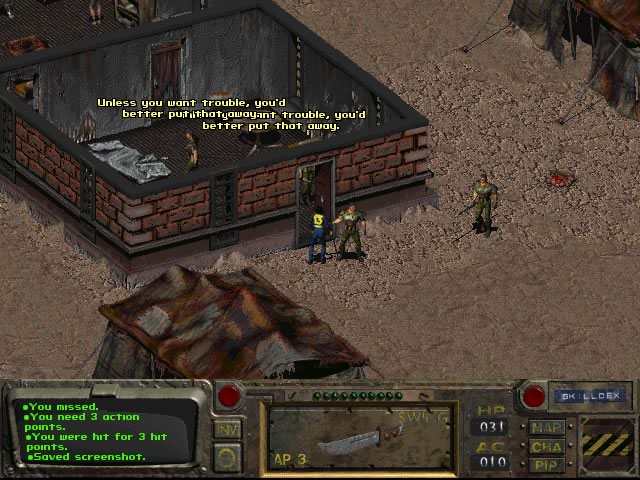

- #Abandonware for windows 8 1080p#
- #Abandonware for windows 8 software#
- #Abandonware for windows 8 windows 8.1#

It’s not just Chrome’s user interface that was scaled up and blurred. For reference, here’s Chrome next to a File Explorer window that’s scaled properly. Here’s what Google Chrome looked like at the default scaling setting: Things got ugly once I started installing third-party apps, though. I couldn’t really fault Microsoft there they clearly seemed to have done their part. Default applications like the File Explorer looked crisp and clean, with readable text and correctly sized widgets.
#Abandonware for windows 8 windows 8.1#
Windows 8.1 did a great job of recognizing the Zenbook Prime’s display as a high-PPI one, and it scaled the user interface accordingly right away. There, I used it as my primary computer for about four days. Last month, I dug it out from my pile of review samples, loaded it up with Windows 8.1, and took it to AMD’s APU13 conference in San Jose, California. It’s already more than a year old, and there’s nothing all that remarkable about it. This is an Ivy Bridge-powered ultrabook with a 13.3", 1920×1080 IPS panel. You see, high-PPI support in Windows still kinda sucks.īehold exhibit A: the Zenbook Prime UX31A from Asus. As I discovered recently, however, there’s another, even more infuriating hurdle on the path to high-PPI nirvana.

I’m sure costs and margins partly explain why PC makers continue to ride the 1366×768 gravy train.
#Abandonware for windows 8 1080p#
If Google can serve up two megapixels in a $229 tablet, then why can’t PC makers do the same in $800 ultrabooks? Why isn’t 1080p the new standard by now? And why aren’t truly high-PPI screens (think 2560×1440 or more) widely available for those who don’t mind paying a premium? Take a trip to your local Best Buy, though, and chances are a majority of systems in the laptop aisle will have 1366×768 panels-even large notebooks that really have no business with a display resolution that low. Some "abandoned" games are still on sale, that's why you will find games tagged as "protected" on Abandonware DOS.Displays with high pixel densities are pretty much standard in tablets, and we’re all waiting for them to become standard in notebooks.

When we talk about abandonware we usually refer to old games for systems no longer available to the public such as DOS, Commodore 64, Amiga, Spectrum, etc.
#Abandonware for windows 8 software#
What is the definition of Abandonware? Abandonware is a word that describes a software (game or application) no longer supported by its developers or its publishers and is no longer available for sale in any form (digital or retail). If you find out that a game is still on sale or "protected", please let me know and I'll remove it from Abandonware DOS as soon as possible. The games listed on Abandonware DOS are no longer supported by their respective developers (as far as I know. Here we are now, slightly aged, eager to pay homage to all those wonderful DOS games.Īfter all, it's about the passion for old games and a little bit of nostalgia. What's left of that age? What do we miss so much? The long afternoons spent walking in the worlds of Ultima or the hours passed impersonating Duke Nukem. Where does the love for old abandoned games comes from? Our childhood, perhaps. Search games by keyword To abandonware or not? Some of these games involve dragons in a meaningful way and not just as cannon fodder. Strategic turn-based games, tactical wargames, fantasy RPGs of every kind and even action games with a fantasy background all include at some point a dragon or two. Dragons are almost a constant in fantasy themed games.


 0 kommentar(er)
0 kommentar(er)
